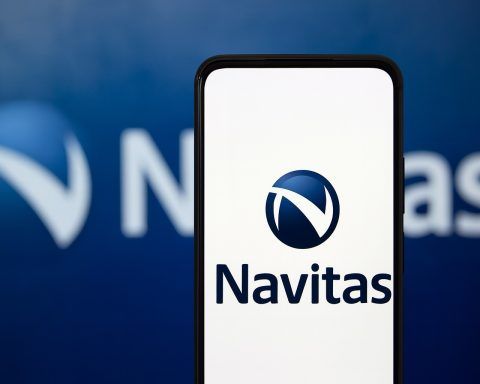
Palantir (PLTR) Rockets 300% on AI Frenzy – Analysts Sound Bubble Alarm
With Q3 earnings (Nov. 3) looming, investors will watch whether Palantir can sustain this torrid pace or if profit-taking ensues. The company’s defense and AI momentum is real – Saxo’s Jacob Falkencrone notes Palantir is “becoming an indispensable partner for










